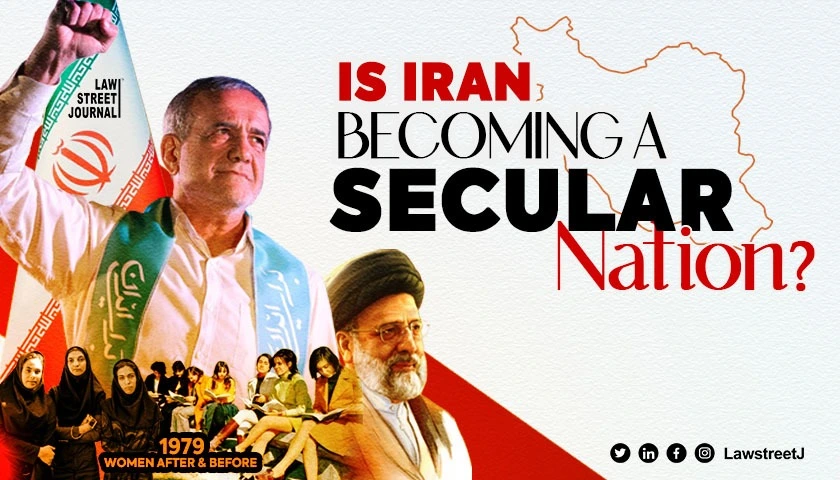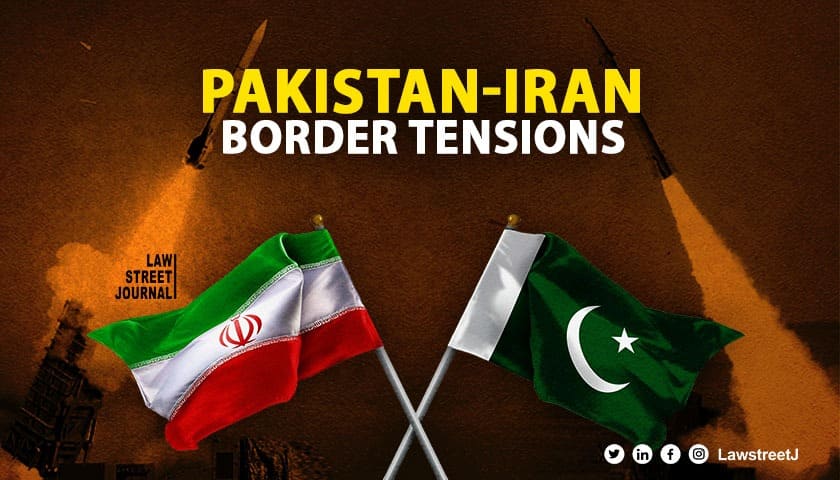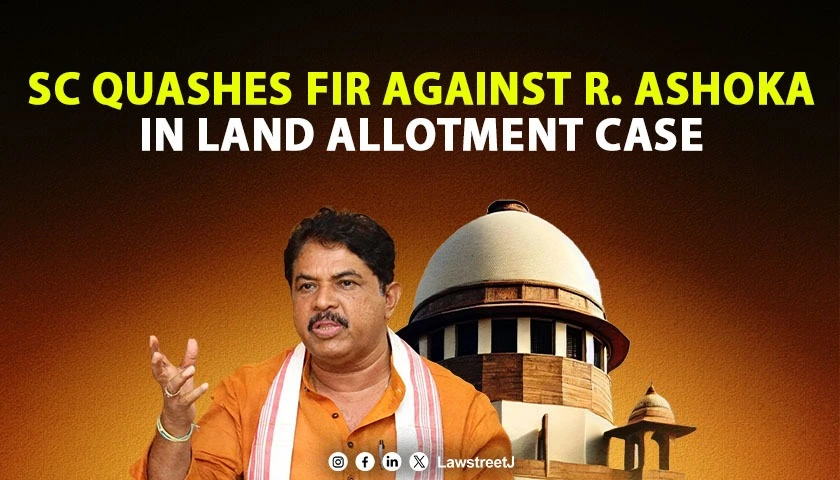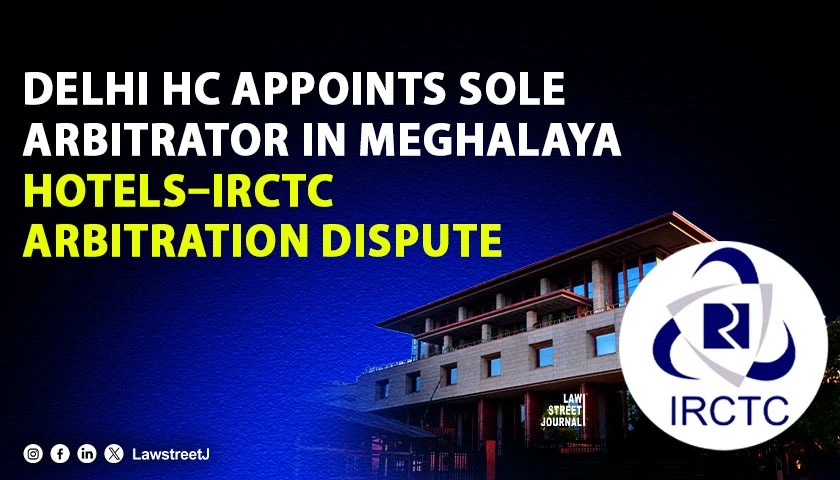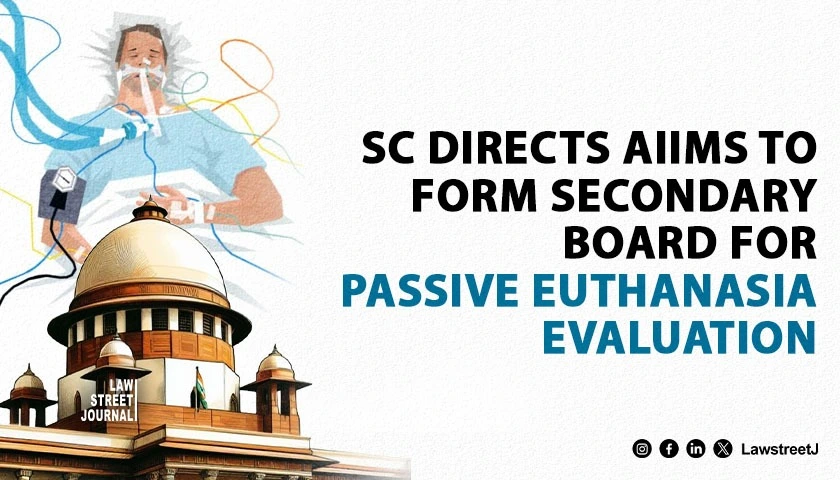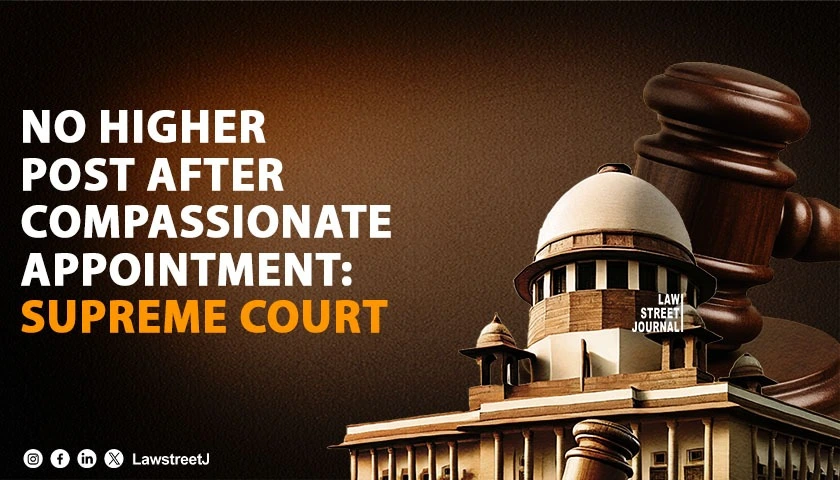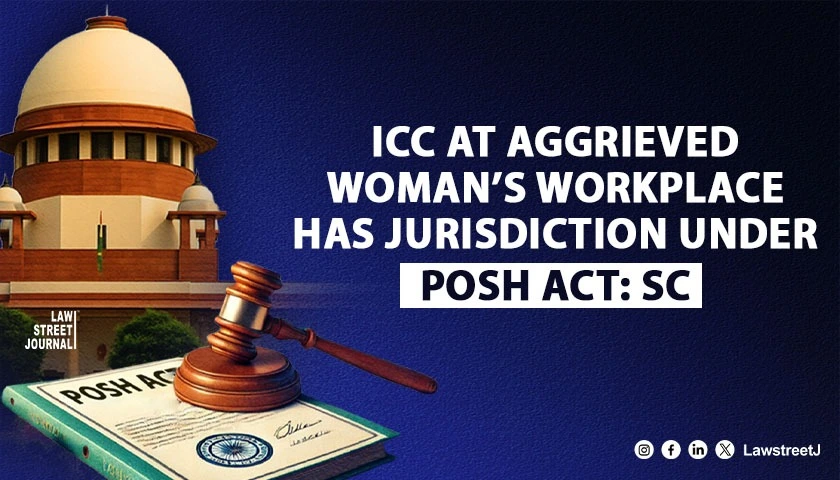Iran, historically a deeply religious nation, might be on the brink of a dramatic transformation into a secular state. Dr. Masoud Pezeshkian, a reform-minded candidate who doesn't adhere to orthodox Islamic principles, recently clinched a landmark electoral victory over the religious hardliner Saeed Jalili by a margin of four million votes. This seismic shift is underscored by the closure of 50,000 mosques and the visual of women on the streets, casting aside their burqas in protest.
Iran’s New President Pezeshkian Vows to Lift Sanctions… Watch Video
This turn of events prompts a reflection on Iran's past. Nearly half a century ago, the Iranian societal fabric was markedly different—women sported Western attire sans hijabs, and social gatherings saw both genders mingling freely. The 1979 Iranian Revolution, however, marked a pivotal turn towards conservatism under Ayatollah Khomeini, fueled by a narrative of anti-Western sentiment.
Yet today, Iran appears to be reverting, with a push towards secularism that sees its roots in deep-seated disillusionment with forced religious dogmas. The catalyst for this resurgence of liberal thought? A 22-year-old woman challenging a 45-year-old theocratic regime. This segment explores the complex layers of Iran's history, the implications of its political upheaval, and the potential ramifications on global geopolitics, particularly concerning Iran's relations with the U.S., Israel, and significant impacts on India.
Iran has made progress in growing national strength… Read Tweet
The death of President Ebrahim Raisi in 2022, a proponent of staunch Islamic ideologies, set the stage for this shift. Pejeshkian's election platform, emphasizing enhanced Western relations and the abolition of restrictive laws like mandatory hijab wearing, promises an Iran pivoting towards openness and potential economic revival.
This reformation raises broader questions about the cyclical nature of Iran's political landscape—whether the liberal swing is a transient phase or a lasting transformation. The segment delves into historical patterns of governance in Iran, the strategic economic stakes for India with Iran’s liberal regime, and the nuanced, often convoluted history exemplified by divergent narratives surrounding events like the destruction of Nalanda.
As Iran treads this path towards liberalization, the global community, especially India, stands to gain from reduced oil prices and streamlined trade routes through initiatives like the Chabahar Port and the Iran-India railway project. However, the durability of Iran’s liberal phase remains under scrutiny, inviting a cautious optimism intertwined with the pragmatic vigilance of the international sphere. This unfolding scenario offers a rich tapestry for understanding the intricate dance of history, politics, and economic interests shaping the future of Iran and its global interactions.

